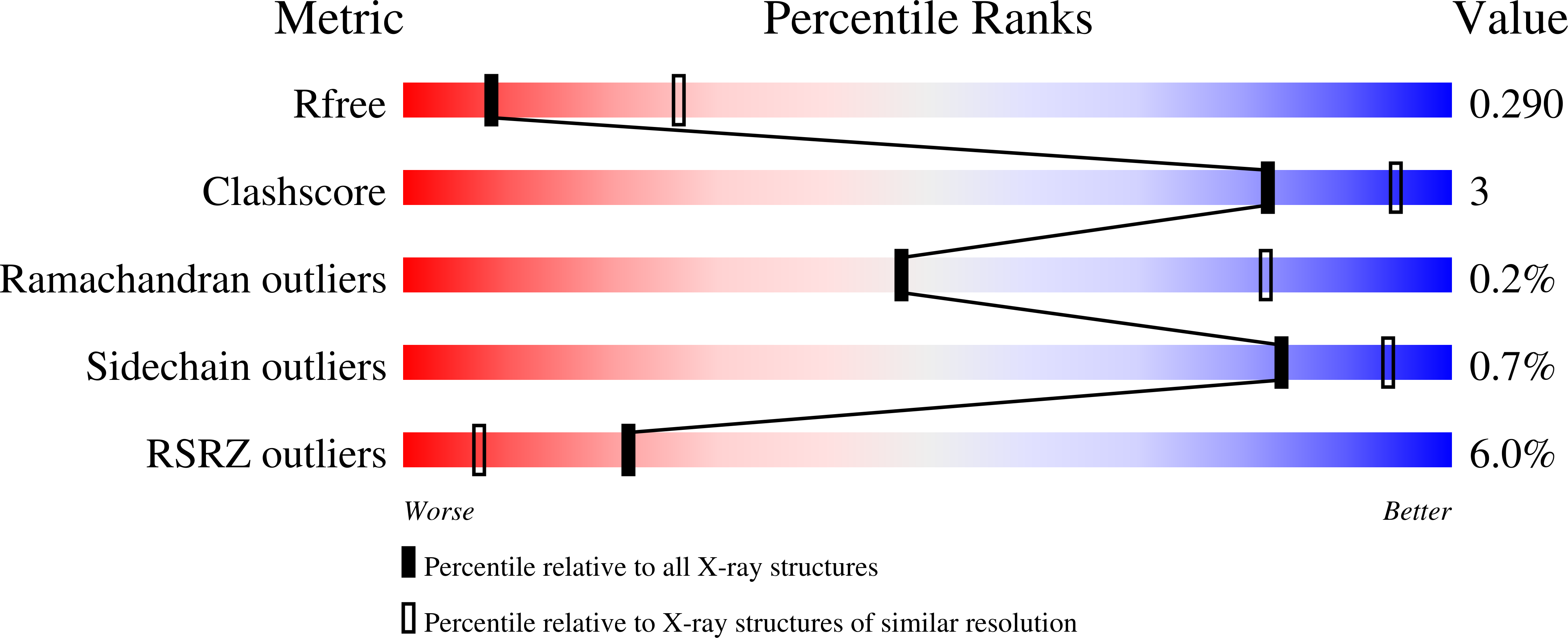
Deposition Date
2023-02-02
Release Date
2023-04-05
Last Version Date
2025-03-05
Method Details:
Experimental Method:
Resolution:
3.00 Å
R-Value Free:
0.28
R-Value Work:
0.25
R-Value Observed:
0.25
Space Group:
P 21 21 2


